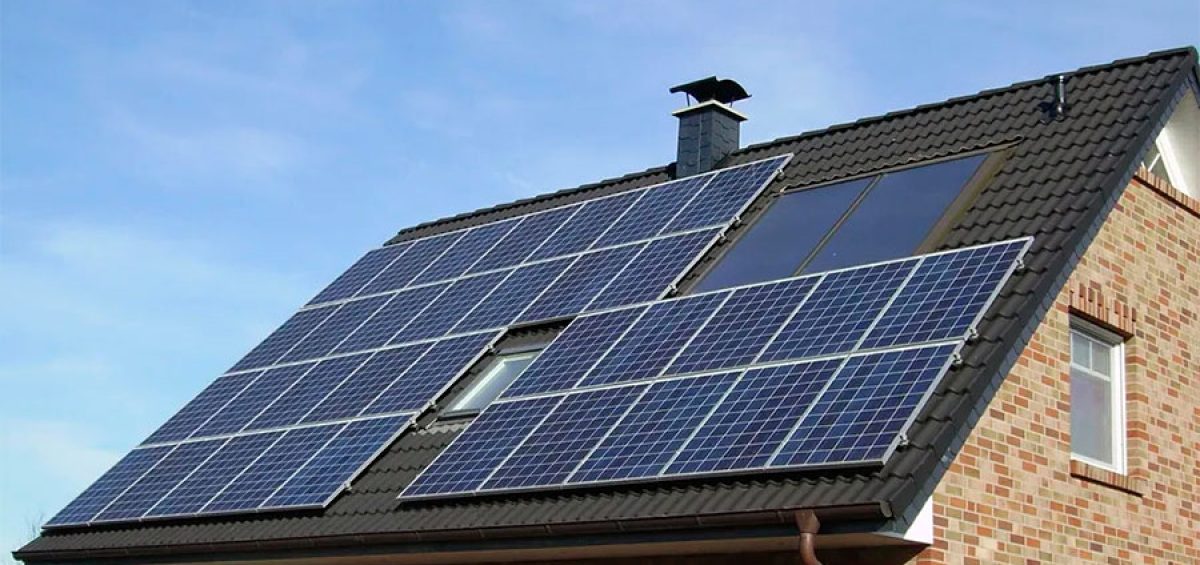Lots of homeowners are interested in harnessing the sun’s energy to cut electricity costs or gain energy independence. When thinking of solar power set up, there are two types available – grid tied and off grid systems. The choice ultimately depends on the user’s needs and circumstances and each has different advantages & disadvantages. To assist you in determining the most suitable option, CBR Solar understands all these systems in detail and can help you find the best solution.
Understanding Grid-Tied Solar Systems
It is a grid tied system with a direct connection to the public electricity network. Solar panels produce power and it is used immediately or exported to the grid if production exceeds demand. In return, many utility companies have provided the net metering system, which gives the homeowners credits for the surplus electricity.
Advantages of Grid-Tied Systems
- Lower Installation Costs – First costs are significantly lower than off-grid setups and you need no expensive battery storage.
- Reliable Backup – The grid is a backup so there is continuous power even if the sun is not enough.
- Potential Savings – Selling excess energy back to the utility company can help offset electricity costs for the homeowners.
Disadvantages of Grid-Tied Systems
- Grid Dependency – Solar users that are connected to the grid are also cut off from electricity when a blackout occurs, unless they have battery backup.
- Limited Energy Control –Saving may be affected by how much excess energy utility companies allow to be returned.
Exploring Off-Grid Solar Systems
Off grid solar systems are completely separate from grid tied systems and do not require grid connection, so they need to have battery storage to supply electricity when the sun is not shining. This is a good configuration for locations without utility access.
Benefits of Off-Grid Solutions
- Energy Independence – Solar power is the only energy source that off grid homeowners use.
- No Monthly Bills – There is no connection to a power company, so recurring electricity charges are a thing of the past.
- Resilience in Outages – Power failures that hit the public grid do not impact people that utilize off grid energy sources.
Challenges of Going Off-Grid
- Higher Initial Investment – Battery storage increases costs to the system as it means having more battery storage upfront.
- Maintenance Requirements – Periodic replacements are required to maintain that energy storage components degrade over time.
- Limited Power Availability – Energy use must be carefully managed, particularly during extended cloudy periods.
Factors to Consider When Choosing a Solar System
Location and Energy Needs
Location is one of the most important factors in what system works best. Grid tied is best suited to houses using areas with stable grid infrastructures, whereas homes positioned in outlying areas might need off grid. One way to assess how much power a solar system will need to produce in order to provide for a household’s needs is to assess daily electricity consumption.
Budget and Long-Term Costs
Grid tied installations tend to be less expensive initially, however, utility charges may still occur. Although there is a big upfront investment, getting rid of the monthly electricity bill and saving in the long run could result in a positive outcome.
Sustainability Goals
If one is looking for completely self-sufficient living, off grid could be appealing. But homeowners wanting to lower dependence on fossil fuels and retain a degree of security of connection may find this a good solution. The combination of these companies like CBR Solar offer solutions that can meet different sustainability objectives so that homeowners can achieve their renewable energy goals.
Making the Right Choice
A solar configuration, which is ideal, depends on personal circumstances, location and considerations of finance. Regardless of whether homeowners choose to go with a grid tied system with net metered benefits or go off grid, they must weigh the pros to the cons of both. Sustainability goals — determined energy needs — can be helped by consulting a reputable provider, such as CBR Solar, to determine the most effective setup.

